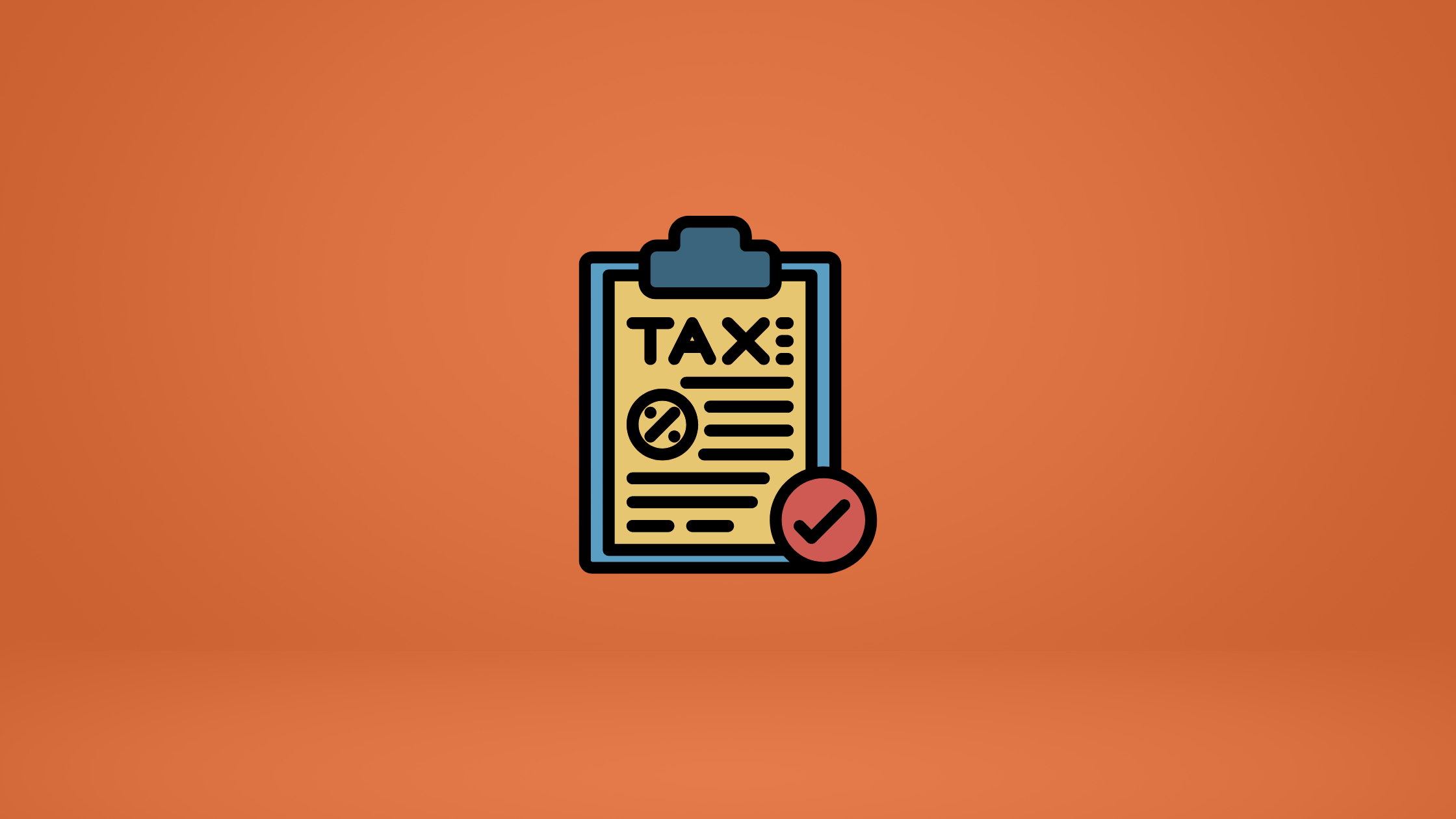
In this blog, we’ll dive deep into how business losses can become tax advantages in 2025, including Net Operating Losses (NOLs), excess business losses, and strategic planning tips—all while highlighting how Vincere Tax can help you maximize these benefits.


Experiencing a business loss can be discouraging, but it doesn’t have to be all bad news. In fact, losses can create significant tax-saving opportunities if you understand how to use IRS provisions correctly. Business owners who leverage these opportunities strategically can reduce future tax liabilities, improve cash flow, and position their company for long-term success.
In this blog, we’ll dive deep into how business losses can become tax advantages in 2025, including Net Operating Losses (NOLs), excess business losses, and strategic planning tips—all while highlighting how Vincere Tax can help you maximize these benefits.
A Net Operating Loss (NOL) occurs when your business deductions exceed your business income in a tax year. The IRS allows you to use NOLs to offset taxable income in future years, turning a challenging financial situation into a potential tax advantage.
Pro Tip: Use IRS Form 461 to calculate NOLs accurately and determine your eligible deduction. (IRS Publication 536, 2025)
Using NOL carryforwards strategically can help smooth taxable income fluctuations across profitable and unprofitable years.
Vincere Tax Advantage: Our team helps businesses accurately track and apply NOLs to ensure maximum tax savings, reducing the risk of errors or missed opportunities.
Even after calculating NOLs, your business may have excess losses that exceed IRS thresholds. In 2025, the IRS defines excess business losses as:
Pro Tip: If your business exceeds these thresholds, work with a tax professional to ensure losses are carried forward correctly, preventing missed deductions.
Beyond NOLs and excess losses, there are several strategies business owners can implement to maximize tax savings:
One effective strategy to turn business losses into tax savings is tax loss harvesting. This involves selling underperforming investments to offset any capital gains you’ve realized during the year. By doing so, you can reduce your taxable income while maintaining your overall investment strategy. Tax loss harvesting allows you to strategically manage your portfolio, minimize taxes, and potentially reinvest the proceeds into assets that better align with your business goals.
Another important strategy for turning business losses into tax savings is careful timing of your deductions. By accelerating expenses before the end of the year, you can maximize your current-year deductions and lower your taxable income. Similarly, deferring income to the next tax year, when possible, can help reduce the income reported for the current year. Strategically managing when expenses and income are recognized allows you to better control your tax liability and make the most of your business losses.
Maximizing contributions to retirement plans such as 401(k)s, SEP IRAs, or SIMPLE IRAs is another effective way to turn business losses into tax savings. Contributions to these plans are typically tax-deductible, which reduces your taxable income for the year while simultaneously helping you build long-term wealth. By strategically funding retirement accounts, business owners can lower their current tax liability and secure financial stability for the future, making this a dual-benefit strategy for managing losses.
Claiming energy-efficiency credits or research and development (R&D) credits is another powerful way to leverage business losses for tax savings. These credits can directly reduce your tax liability, even if your business is operating at a net loss. By investing in energy-efficient equipment, sustainable practices, or innovative projects, business owners not only support growth and sustainability but also take advantage of valuable tax incentives that can help offset income in both profitable and loss years.
Imagine your business reports a $200,000 loss in 2025:
By following this approach, a business owner can minimize future taxes and use losses to improve cash flow, instead of viewing them as purely negative.
Navigating the IRS rules for losses can be complex. Vincere Tax specializes in helping business owners:
Partnering with Vincere Tax turns your losses into opportunities for long-term financial growth.
Pro Tip: Even in loss years, smart planning with a professional like Vincere Tax ensures you minimize taxes and position your business for future success.
Don’t let a loss year discourage you. With the right strategies, your business can emerge stronger and more financially efficient.
Contact Vincere Tax today to schedule a consultation and start turning your business losses into tax savings for 2025.
“Maximize Your Tax Savings Today”

For business tax planning articles, our tax resources provides valuable insights into how you can reduce your tax liability now, and in the future.